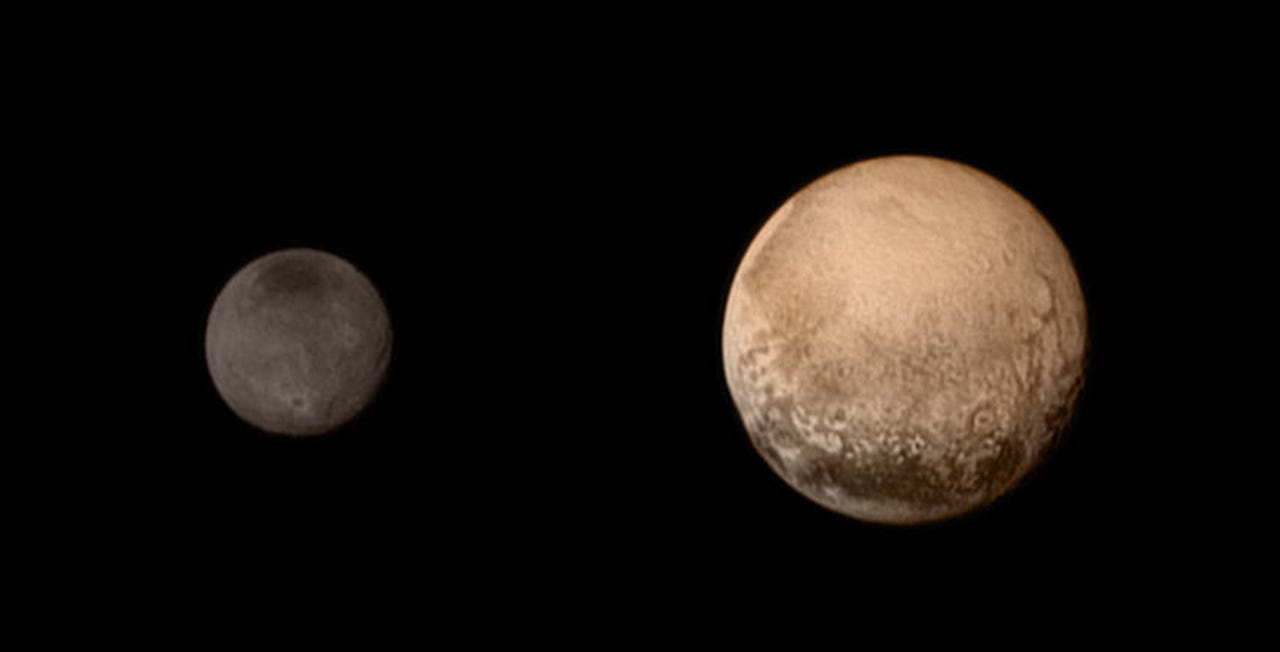NASA's New Horizons makes it to Pluto


NASA's New Horizons spacecraft Tuesday morning came within about 7,750 miles above the surface of Pluto in the space agency's farthest mission to another planet.
New Horizons was launched Jan. 19, 2006 via a Lockheed Martin Atlas V. The spacecraft is in data gathering mode and not in contact with flight controllers at the Johns Hopkins University Applied Physical Laboratory (APL) in Laurel, Maryland.
According to plan, New Horizons is scheduled to phone home to Earth with status updates after 9 p.m. EDT on Tuesday. It will take 16 months to send its 10-year cache of data back to Earth.
The spacecraft is expecting to deliver images and other data about Pluto, a planet that hasn't been viewed this close up. Perhaps more importantly, New Horizons will pass Pluto and pass through the Kuiper Belt, the icy object laden outer region of the solar system, said NASA.
New Horizons' trip, a nearly 10 year 3 billion mile expedition, could have easily been derailed by hitting any particle. After all, New Horizons has been going more than 30,000 miles per hour. The spacecraft used a gravity boost by swinging by Jupiter.
NASA is hoping to find out how Pluto fits with other objects in the solar system. The data will also come in handy for an eventual trip to Mars.
Here's a look at the hardware of New Horizons.